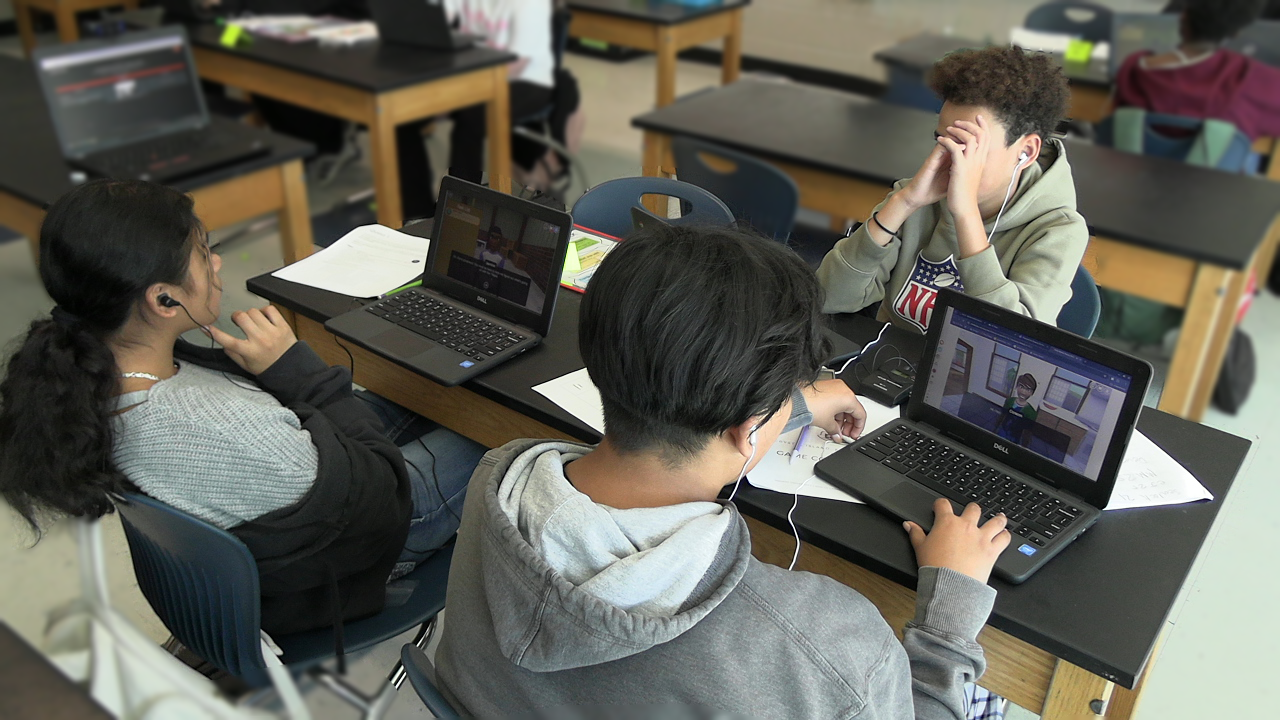The Principal’s Disposition in SEL Leadership
The responsibilities of school leaders vary, requiring principals to wear numerous hats, and although being an instructional leader is often considered the most salient role, on any day, leaders may find themselves serving as budget analysts, project managers, traffic engineers, child nutrition assistants, custodians and counselors for adults and children. Managing these myriad tasks demands that school leaders must possess the dispositions to be centered and stable to navigate personal emotions and be trusted to lead.
Leadership Dispositions
There are many attributes required of school leaders to create a positive school culture where teachers feel safe, appreciated, heard and valued. In environments where adults are well, children have the best opportunities for learning every day. According to the Education Leadership Disposition Assessment (Almerica, Johnston, & Winston, 2018), those dispositions can be organized into 15 categories:
| Confidence | Determination/ Perseverance | Vision |
| Driven to Learn | Conflict Resolution | Embraces Diversity & Equity |
| Relationship Skills | High Expectations for All | Positive Attitude |
| Effective Communication | Integrity | Creates a Positive Culture |
| Beliefs, Commitment & Work Ethic | Adaptability with Staff and Stakeholders | Self-Awareness of Strengths & Weaknesses |
Leading Social Emotional Learning (SEL)
Each disposition has specific indicators associated with it; Self-Awareness and Relationship Skills, specifically, align with the CASEL Framework (2024). However, when you examine the other components of SEL, the leadership dispositions, including adaptability, conflict resolution, positive attitude and communication, among others, are at the very foundation of CASEL’s Social Awareness, Self-Management and Responsible Decision-Making. Although a principal is not responsible for the individual well-being of all of the stakeholders within the school community, school leaders serve as the barometers for the culture and climate, possessing potential to foster or hinder social and emotional well-being.
What Teachers Need From Principals
In order for teachers to create safe learning communities in the classroom, they need principals who are aware of SEL and prioritize practicing SEL with the adults in the school.
- Self Awareness- Teachers appreciate leaders who check in with them, beyond asking the typical question, “How are you?” Use brief activities that elicit feedback from your staff often.
- Self Management- School leaders who can manage their emotions are trusted by teachers to respond rather than react.
- Social Awareness- Teachers need administrators who are empathetic and are willing to consider the perspective of the classroom, as well as to build connections among staff.
- Relationship Skills- Principals who model best instructional practices by visiting & engaging in classroom activities, as well as demonstrate appreciation for staff while displaying positive rapport with all, build a strong school climate.
- Responsible Decision Making- Leaders who seek feedback value the input of staff to build a strong and inclusive culture and balance the power dynamics of the principal-teacher relationship.
Social Emotional Learning as an Integral Component of School Culture
Effective leaders often possess the dispositions required to establish a strong positive school culture that promotes the well-being of adults and children where learning can be maximized. Although principals may have the dispositions and the desire to prioritize SEL, sometimes leaders struggle with how to manage integrating SEL with all of the pressures that exist around student outcomes and academic achievement. One of the most powerful dispositions of principals is to have a commitment to learning and to readily acknowledge when a gap exists in their skillsets. The Friday Institute’s Professional Leading and Learning Collaborative (PLLC) has created a mini course and reflection tool, The SEL Principals Guide, to support principals’ understanding of SEL and how to make it a core component of the school community. This guide serves as a companion to the Friday Institute’s SEL Teacher Modules. Both resources are available for self-paced study for teachers and school leaders who are interested in strengthening SEL implementation.
Leading in schools today presents numerous challenges, however, when a principal prioritizes SEL as a key component for the entire school community, takes the time to personally assess the needs of the adults within the school, models how to be a lead learner and ensures the well-being of those being served, children’s opportunities for academic and social success are maximized.
———————————————————————————–
Ready to join in the discussion?
Go to our free learning platform place.fi.ncsu.edu and select the new online course “SEL Principals Guide.” Register, explore the resource and engage in conversation with other principals!
Additionally, we encourage you to share our FREE Social and Emotional Learning for Educators modules to provide your teachers and staff a deeper understanding of the social and emotional learning skills and competencies and how to best support their growth in students.
Register now at place.fi.ncsu.edu

- Categories:


